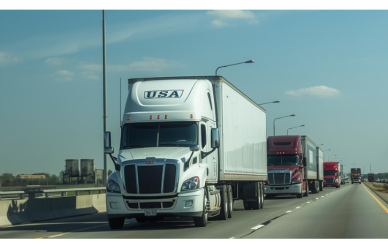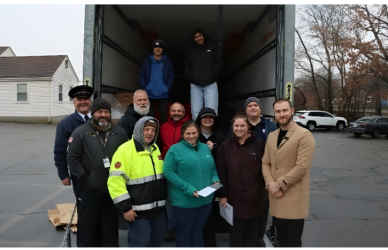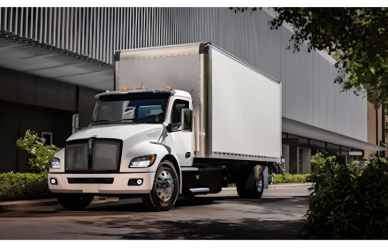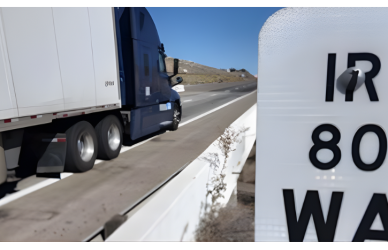The White House Office of Management and Budget has concluded its assessment of a final regulation mandating automatic emergency braking (AEB) systems for light vehicles. With OMB’s approval on Monday, April 22, it’s expected that the National Highway Traffic Safety Administration (NHTSA) will soon publish the final rule for light vehicle AEBs.
This development raises the question among truckers: when will a similar regulation for heavy vehicles follow suit?
In June of the previous year, NHTSA issued a notice of proposed rulemaking to necessitate AEBs on new vehicles weighing under 10,000 pounds. Subsequently, NHTSA and the Federal Motor Carrier Safety Administration jointly proposed a regulation requiring AEB systems and electronic stability control for heavy vehicles weighing 10,001 pounds or more.
The proposal for light vehicles, anticipated to save 360 lives annually and reduce yearly injuries by 24,000, underwent review by OMB in January. If adopted as proposed, nearly all new U.S. vehicles under 10,000 pounds will need to incorporate AEB technology within three years of publication in the Federal Register.
However, the final rule for heavy vehicles is still pending OMB review. While the U.S. Department of Transportation initially projected an April publication, it’s likely to take several months before the review concludes. The initial joint proposal called for Class 7 and 8 vehicles (weighing over 26,000 pounds) to comply with AEB standards three years after the rule’s enactment, with Class 3 to 6 vehicles (weighing 10,001 pounds or more) given four years.
Reports of false AEB activations have emerged for both light and heavy vehicles. The Associated Press recently investigated unexpected automatic braking in nearly 3 million Hondas.
“The complaints allege that the automatic emergency braking system can brake the vehicles with nothing in their forward path, increasing the risk of a crash,” The Associated Press reported. “(NHTSA) said it has 47 reports of crashes and 112 reports of injuries from the problem.”
Truck drivers have also voiced complaints about false activations.
Carrie Moore, a professional driver, recounted a near-crash experience. Moore described driving on a snowy Michigan highway in 2022 when a guardrail triggered a false activation, causing her truck to jackknife on the icy road.
“It was a full application,” she said. “That sent the truck sideways. I barely kept it out of the median. The only thing that saved me was hearing the voices of my parents, who were both truck drivers. They taught me that the last thing you want to do in that situation is to hit the brakes. Instead, you tap the gas to get out of it.”
The incident left her so shaken that she vowed to leave the industry rather than drive another truck equipped with AEB technology.
In response to such incidents, NHTSA initiated an investigation in May 2023 into false automatic braking on specific Freightliner trucks. Eighteen complaints were reported, citing false AEB activation “without an actual roadway obstacle.” Some cases resulted in the truck coming to a complete stop in the travel lane. The investigation remains ongoing.
The Owner-Operator Independent Drivers Association opposes mandating the technology until it is thoroughly refined.
“The notice of proposed rulemaking mandates AEB systems without sufficiently addressing false activations, properly consulting with professional truck drivers or completing ongoing research programs,” OOIDA wrote in comments signed by President Todd Spencer.
Source: Land Line











